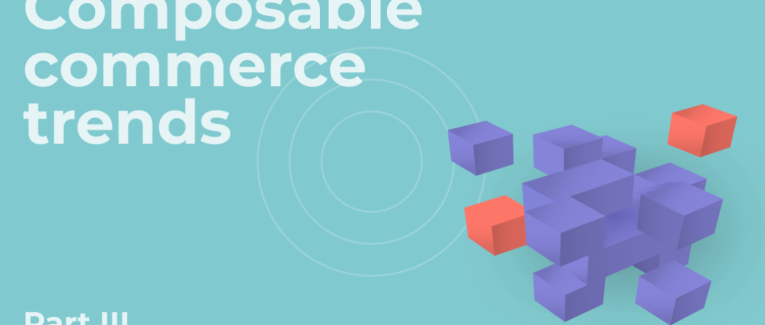
What’s Next for Composable Commerce: 3 Trends Shaping Its Future
 2 min
2 min
What’s Next for Composable Commerce: 3 Trends Shaping Its Future
Composable commerce isn’t standing still. As more companies adopt it, the technology — and what businesses do with it — is evolving fast.
So what’s next?
Here are three big trends shaping the future of composable commerce.
1. AI becomes a core part of the experience
AI is no longer just a “nice to have.” Businesses are using it to personalize customer journeys at scale. From smarter product recommendations to dynamic pricing and personalized promotions — AI is playing a bigger role in helping brands stand out.
Composable commerce makes AI easier to adopt. You’re not locked into a platform’s built-in features. Instead, you can connect specialized AI tools where they add the most value — and switch them out as better ones emerge.
2. Social commerce is growing fast
Customers aren’t just shopping on your website anymore — they’re browsing and buying directly from platforms like Instagram, TikTok, and YouTube.
Composable architecture gives you the flexibility to plug in new sales channels quickly, without reworking your entire platform. It’s the key to going where your customers are, fast.
3. Integrations are getting easier (and faster)
One of the biggest reasons companies are adopting composable commerce is its ability to connect with other tools — fast.
Want to add a new payment provider? Loyalty app? Personalization engine? With APIs and packaged business capabilities (PBCs), you can integrate new features without the complexity that comes with monolithic platforms.
This speed doesn’t just save time — it protects your ability to adapt.
So how do you get there?
You don’t have to go composable all at once. Many companies start with one part of the platform — like replacing their CMS or launching a headless storefront — and build from there.
At Dinarys, our approach includes:
- Assessing your current platform
- Identifying the most critical pain points
- Prioritizing what to decouple first
- Designing a transition roadmap
- Supporting integration, testing, and post-launch growth
Composable commerce works best when it fits your business — not the other way around.
The takeaway
The future of commerce is personalized, multi-channel, and always evolving. With composable architecture, you can move faster, adapt easier, and keep your platform ready for whatever’s next.









 English
English
 Français
Français
 Deutsch
Deutsch
 Italiano
Italiano
 Español
Español



 Colaborar
Colaborar

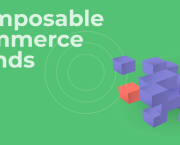
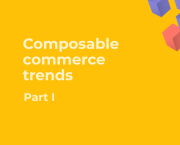
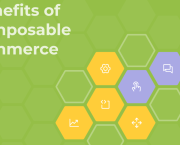
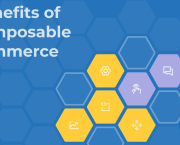
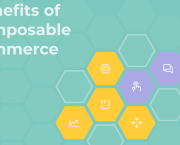
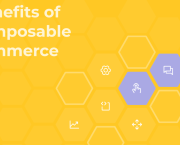
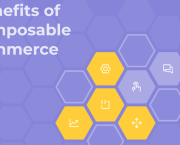







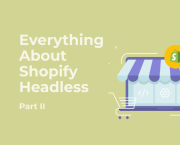



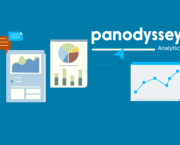
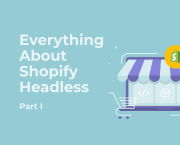
 Puedes apoyar a tus escritores favoritos
Puedes apoyar a tus escritores favoritos





